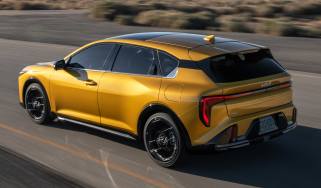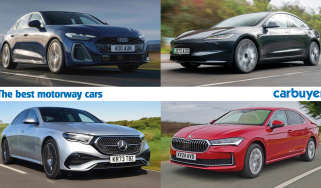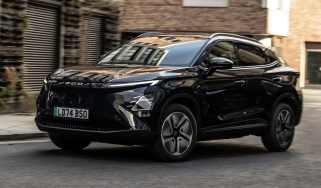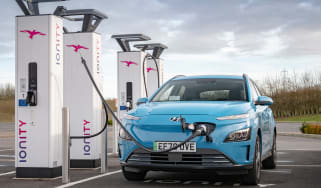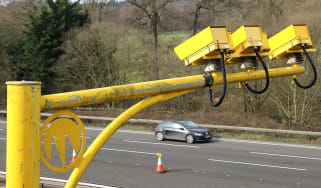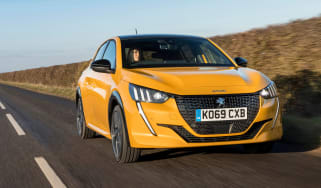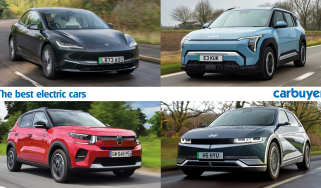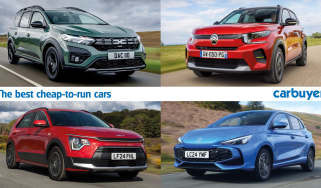Jaguar E-Type voted greatest-ever classic car
The Jaguar E-Type is the world’s greatest classic car, according to more than 2,000 Carbuyer readers who responded to a recent poll on the site.
In fact, the E-Type accounted for almost one in three votes in the poll, placing it 20% ahead of the second-place Aston Martin DB5. The Porsche 911, original Mini and Ford Escort Mexico rounded out the top five.
Read on to see the full list of Carbuyer readers’ favourite classics...
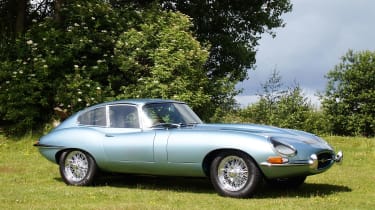
Jaguar E-Type – The E-Type is one of the best-looking cars of all time. Its story has become part of automotive folklore: 185mph on the M1, the overnight delivery of a drop-top E-Type from Coventry to the car’s launch in Geneva and 150
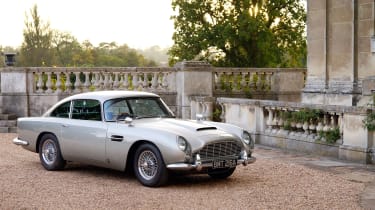
Aston Martin DB5 – Thanks to a history with James Bond that stretches back to 1964’s Goldfinger, the DB5 is one of the world’s most iconic cars. Just over 1,000 DB5s were built: mostly coupes, a handful of convertibles and even a few ‘
- Skip advertAdvertisement - Gallery continues below
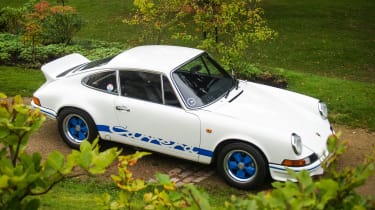
Porsche 911 – It’s hard to imagine a world without the Porsche 911. While other models – even manufacturers – have come and gone, the 911 has remained a constant. So too has the rear-mounted engine and strong design DNA. Across six bas
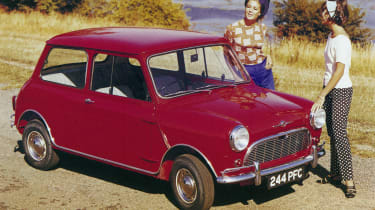
Austin/Morris Mini – The Mini is of Britain’s most enduring icons. Its affordable price tag, cheeky looks and sensational handling meant it worked its way into drivers’ hearts in a way few other cars have managed. Yet it was the engine
- Skip advertAdvertisement - Gallery continues below
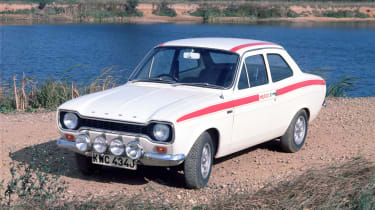
Ford Escort Mexico – The ‘Mex’ was the Ford Focus RS of its day. It was built to commemorate Ford winning the 1970 London-Mexico rally and featured a race-derived 1,600cc engine developing 120bhp. That was serious power in the 70s, and
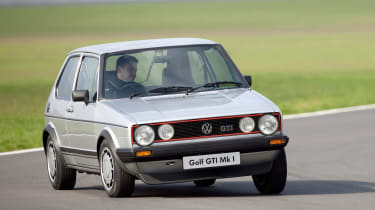
Volkswagen Golf GTI Mk1 – This wasn’t the first small, practical and fast car, but it was the one that kicked the hot hatch into the public’s consciousness. By today’s standards, the Giorgetto Giugiaro-designed Golf’s nine-second 0-60m
- Skip advertAdvertisement - Gallery continues below
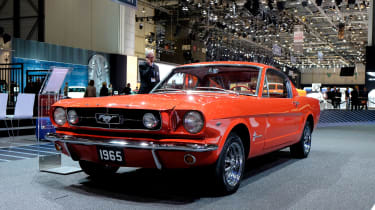
Ford Mustang – The original Ford Mustang was inspired. Take the underpinnings of the big-selling Falcon and Fairlane, clothe them in a pretty body and provide massive choice through a wide range of options. Then tweak the design enough
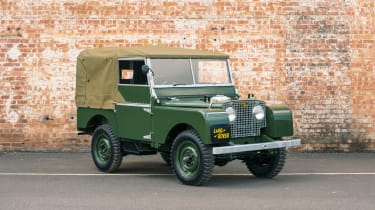
Land Rover Series 1 – It was inspired by the go-anywhere ability of the American Willys Jeep, but on this side of the Atlantic at least, the original Land Rover is king. It entered production in 1949 and, after many revisions, ceased p
- Skip advertAdvertisement - Gallery continues below
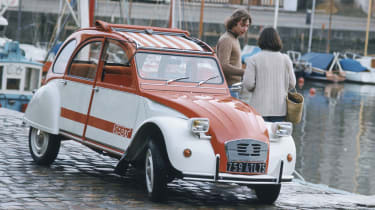
Citroen 2CV – Conceived as a low-cost, simple car before World War II, the 2CV finally went into production in 1948 and was manufactured until 1990. In total, more than 3.8 million were produced. The original brief was for a car to tra
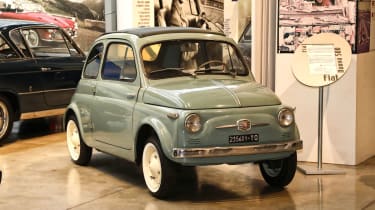
Fiat 500 – Like the Model T, Mini and 2CV, the Fiat 500 was conceived as simple, basic transport for the masses. At less than 3m long and powered by a tiny air-cooled engine, it quickly caught the imagination of post-war Italy, and lat
- Skip advertAdvertisement - Gallery continues below
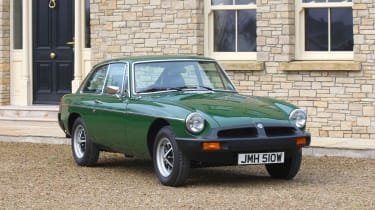
MG B – The B continued MG’s trend of delivering low-cost, pretty and fun-to-drive sports cars. Early models with chrome bumpers are the most desirable, but ‘rubber bumper’ models such as that pictured are still well priced. The B GT ga
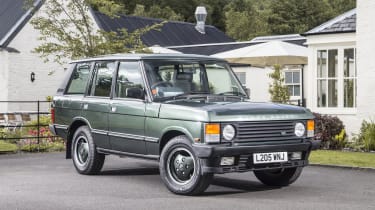
Range Rover – Today’s Range Rover is a byword for opulent luxury, but the original was designed to bridge the gap between the more agricultural Land Rover and Rover’s saloon cars – during early development, the project was named ‘Road
- Skip advertAdvertisement - Gallery continues below
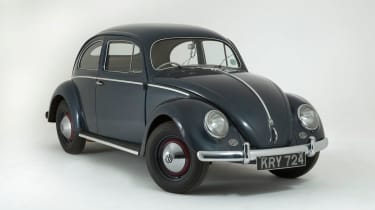
Volkswagen Beetle – The Beetle was conceived in Nazi Germany as ‘the people’s car’, the literal translation of Volkswagen. Development was led by Ferdinand Porsche, and the finished product fulfilled the brief of being cheap, functiona
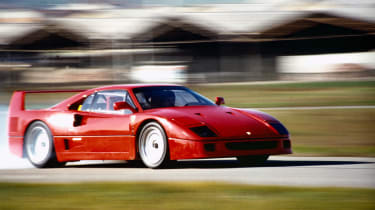
Ferrari F40 – The F40 was, as its name suggests, built to celebrate Ferrari’s 40th anniversary and was the last car launch Enzo Ferrari attended before his death. With a turbocharged engine, composite bodywork and a 200mph top speed, i
- Skip advertAdvertisement - Gallery continues below
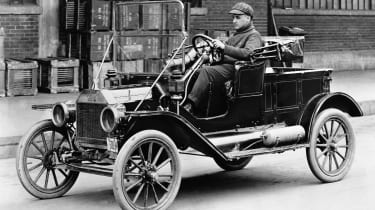
Ford Model T – The T is one of the most significant cars ever built. It’s widely credited as being the first mass-produced car. And mass-produced it was, with some 16.5 million built in less than 20 years. It was also the first car to
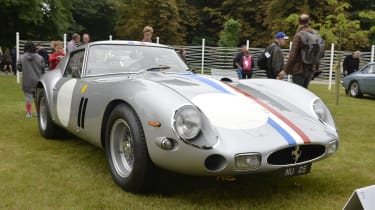
Ferrari 250 GTO – One barometer of the status of a classic car is value, and by that measure, the 250 GTO is certainly the greatest classic of them all. One sold at auction in 2014 for £22.84 million ($38.1 million). Let that sink in f
- Skip advertAdvertisement - Gallery continues below
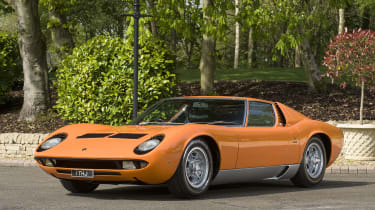
Lamborghini Miura – The Miura is widely regarded to be the first supercar, and even if it wasn’t, it certainly set the blueprint. It was wide, low, had two seats and an engine mounted just behind them. When it was released in 1966, it
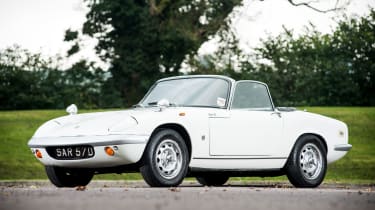
Lotus Elan – The tiny Lotus Elan is the archetypal British sports car: pretty, light and huge fun to drive. It used sophisticated suspension compared to its 1960s contemporaries, but its engine was shared with rather more humble Ford m
- Skip advertAdvertisement - Gallery continues below
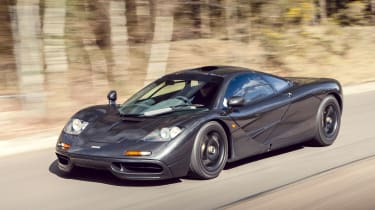
McLaren F1 – For many, the three-seat McLaren F1 remains the definitive hypercar. Almost a money-no-object design, the F1 used gold foil as an engine bay heat-reflector, as well as carbon-fibre, Kevlar and magnesium. Those materials ar
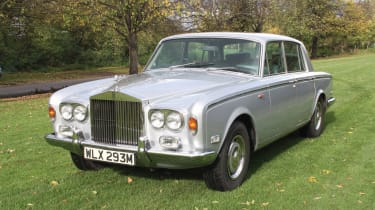
Rolls-Royce Silver Shadow – The Shadow is widely credited as the car that saved Rolls-Royce – and it’s still the biggest-selling car the firm ever built. To refer to its status as the wedding car does it a disservice, but as such
- Skip advertAdvertisement - Gallery continues below
